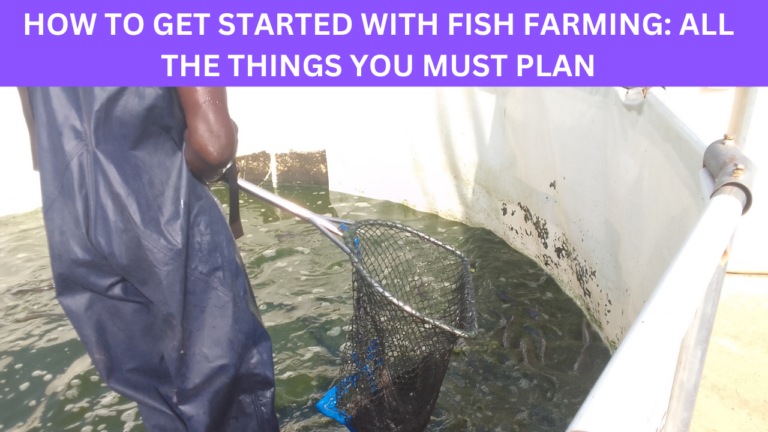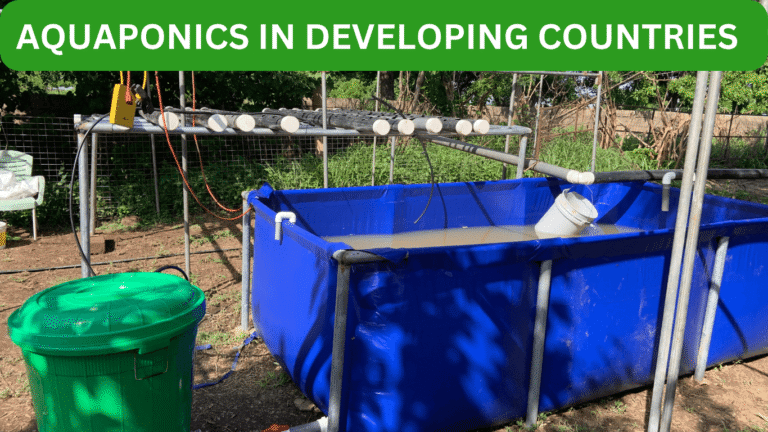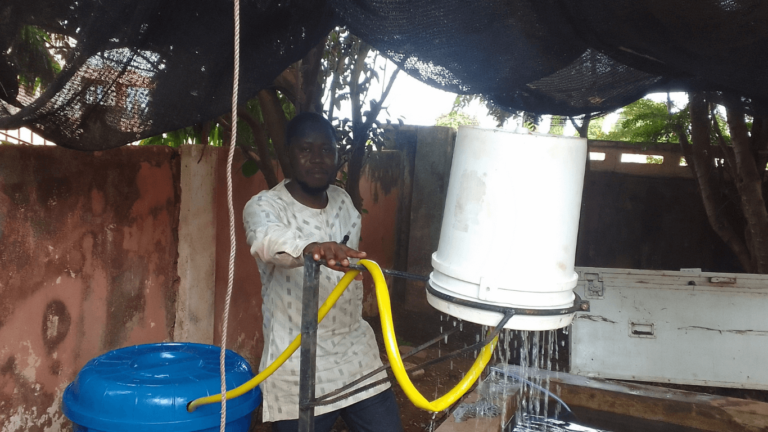How to get started with fish farming is the question most beginners are asking because is actually confusing for a beginner who is estranged and doesn’t know where to begin.
Planning Your Fish Farm
Embarking on a fish farming venture is an exciting and rewarding journey that requires careful planning and consideration.
In this blog on how to get started with fish farming will guide you through the initial steps to ensure a solid foundation for your fish farm. We will cover the essentials of site selection, legal considerations and permits, and budgeting and financial planning.
Site Selection
Choosing the right location for your fish farm is one of the most critical decisions you’ll make. The success of your fish farming operation depends significantly on the suitability of the site. Here are the key factors to consider:
1. Water Quality and Availability
– Source and Quality: Ensure a reliable and clean water source, such as a well, river, or lake. The water should be free from pollutants and have appropriate pH levels for the species you intend to farm. As much as possible, avoid Metropolitan Water Supply because it has high chlorine and other chemicals harmful to fish. In a situation where you have no alternative, then you need to allow the water to be exposed for at least three (3) days before introducing the fish to it.
– Quantity: Assess the volume of water available and its sustainability throughout the year. Fish farming requires a consistent water supply for both the fish and the maintenance of water quality.
But when the quantity of the water is less, then introducing a filtration system such as RAS will greatly preserve the water. Read more on the best sources of water for your fish farm.
2. Soil Quality
– Type of Soil:
Conduct soil tests to determine its suitability for constructing ponds. Clay-rich soils are ideal as they hold water well, while sandy soils may require additional lining to prevent water seepage. This applies to earthen ponds but if you are using tarpaulin or concrete fish ponds, then this really doesn’t matter.
– Drainage: Ensure the site has proper drainage to manage excess water during heavy rains and prevent flooding, which could damage infrastructure and harm the fish.
3. Climate
– Temperature: Research the temperature ranges in your chosen area to ensure they are suitable for the species you plan to farm. Extreme temperatures can affect fish growth and health.
The fish need sunlight but too much heat from the sun also affects them negatively especially when it changes the water temperature in the pond. But the good news is that you can prevent that by covering it with sunlight tarpaulins or installing a greenhouse
– Seasonality: Understand the seasonal variations and how they might impact water availability, temperature, and fish behavior. So be mindful of the climate when learning about how to get started with fish farming.
4. Accessibility
– Proximity to Markets: Choose a location that is reasonably close to your target markets to reduce transportation costs and stress on the fish during transport.
– Infrastructure: Ensure the site is accessible by road and has the necessary infrastructure, such as electricity and communication networks.
5. Land Use and Zoning Regulations
– Zoning Laws: Verify that the chosen site complies with local zoning laws and land-use regulations. Some areas may have restrictions on agricultural activities or specific requirements for aquaculture operations.
– Community Impact: Consider the potential impact on the local community and environment. Engage with local stakeholders to address any concerns and gain support for your project. I once dumped dead fish into a nearby bush thinking it has no effect on the surrounding houses. Then later they approached me and I started burying dead fish afterwards. So you need to always be mindful of the impact on the community and respond to the community members’ genuine concerns.
Legal Considerations and Permits
Navigating the legal landscape is crucial to avoid any compliance issues that could hinder your fish farming operation. Many fish farmers began operations without the necessary permits and were later shut down by law enforcement agencies. Avoid this by following the legal considerations and permits you need to address:
1. Business Registration
– Legal Entity: Decide on the legal structure of your fish farming business (e.g., sole proprietorship, partnership, corporation) and register it with the appropriate authorities.
– Tax Identification: Obtain a tax identification number and understand the tax obligations associated with running a fish farm.
2. Environmental Regulations
– Water Use Permits: Secure permits for water extraction and discharge. Regulatory agencies often require detailed plans for water use and wastewater management to protect local water resources.
– Environmental Impact Assessment (EIA): In some regions, you may need to conduct an EIA to evaluate the potential environmental impacts of your fish farm and propose mitigation measures. Now environmentalists are raising concerns about the impact of fish farming on the environment. But with the right assessment, this can be minimised.
3. Health and Safety Regulations
-Fish Health Management: Comply with regulations related to fish health management, including vaccination, disease control, and biosecurity measures.
This is to ensure the inhuman treatment of fish by fish farmers and workers.
– Worker Safety: Ensure that your farm adheres to occupational health and safety standards to protect workers from potential hazards associated with fish farming.
4. Licenses and Permits
– Aquaculture License: Apply for an aquaculture license from the relevant authority, detailing your farm’s layout, species to be farmed, and management
practices.
– Import/Export Permits: If you plan to import or export fish or fish products, obtain the necessary permits to comply with national and international trade regulations.
5. Local Regulations
– Building Permits: Secure permits for any construction activities on your farm, such as pond excavation, building fish tanks, or erecting structures.
– Noise and Pollution Control: Adhere to local regulations regarding noise levels and pollution control to minimize the impact on neighboring communities.
Budgeting and Financial Planning
When learning about how to get started with fish farming, effective budgeting, and financial planning are essential to ensure the long-term viability and profitability of your fish farming business. Here’s how to approach this crucial aspect:
1. Initial Investment:
– Capital Costs: Calculate the capital costs involved in setting up your fish farm, including land acquisition, pond or tank construction, equipment, and infrastructure.
– Working Capital: You need to estimate the working capital required for the first few months of operation, covering expenses such as feed, utilities, labor, and other operational costs.
2. Operating Costs
– Feed and Nutrition: Allocate a significant portion of your budget to high-quality feed, as it is one of the largest recurring expenses in fish farming.
– Utilities: Consider the costs of electricity, water, and other utilities necessary for maintaining optimal conditions for fish growth.
– Labor: Budget for wages, benefits, and training for your workforce. Skilled labor is crucial for the successful operation of a fish farm.
– Maintenance and Repairs: Set aside funds for regular maintenance and repairs of equipment and infrastructure to avoid costly downtime. This is especially so if you are using modern methods of fish farming such as aeration and filtration. These involve the use of pumps and such pumps can break down anytime.
3. Revenue Projections
– Production Volume: Estimate the expected production volume based on the species of fish, stocking density, and growth rates.
– Market Prices: Research current market prices for the species you plan to farm and project your revenue based on anticipated sales.
– Diversification: Consider diversifying your income streams by offering value-added products or services, such as fish processing, tourism, or training programs.
4. Financial Risk Management
– Insurance: Obtain insurance coverage for your fish farm to protect against risks such as natural disasters, disease outbreaks, and equipment failure.
– Contingency Fund: Establish a contingency fund to address unexpected expenses or emergencies that may arise during the operation of your fish farm.
5. Financial Record Keeping
– Accounting Systems: Implement a robust accounting system to track income, expenses, and profitability. Accurate financial records are essential for making informed business decisions.
– Regular Audits:
Conduct regular financial audits to ensure compliance with tax regulations and to assess the financial health of your fish farming business.
Conclusion
By carefully considering these factors and planning strategically, you’ll be well-equipped to start your fish farming venture on a strong footing. The success of your fish farm will depend on thorough research, compliance with regulations, and sound financial management.




